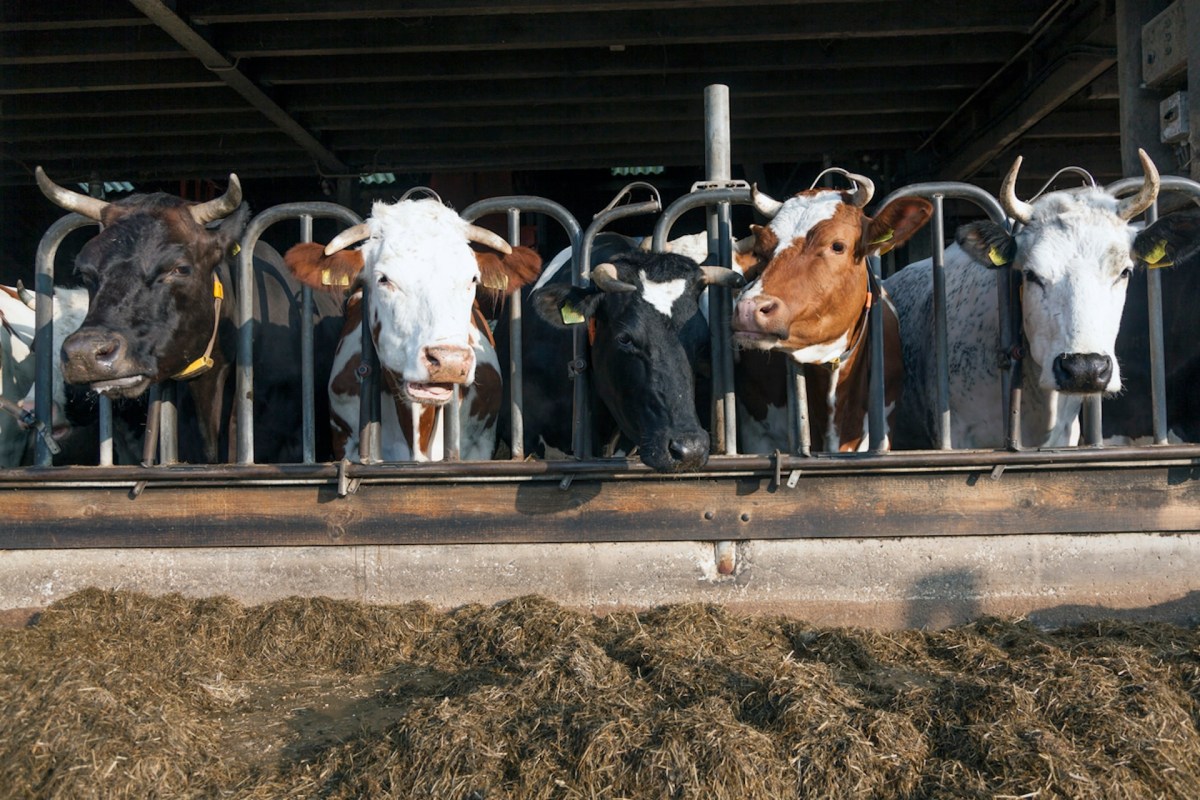Renewable power company BrightNight has been given the green light to develop Wyoming's first "agrivoltaic" project, a positive step for both clean energy and the state's many animal ranchers.
Agrivoltaics refers to the practice of using solar panels in conjunction with farming or animal ranching rather than replacing usable farmland with solar arrays. In agrivoltaic projects, the panels are strategically placed off the ground to provide shade for grazing animals or certain crops. This allows agriculture and clean energy to share the land instead of competing.
BrighNight's Wyoming project, called The Dutchman Project, will involve more than one million solar panels, a battery storage facility, and a few miles of above-ground transmission lines being built on a 4,738-acre private ranch belonging to the Tillard family, who raise sheep.
A 2021 study from Oregon State University researchers concluded that sheep ranches were an ideal fit for agrivoltaic developments, as "the results … indicated that lower herbage mass available in solar pastures was offset by higher forage quality, resulting in similar spring lamb production to open pastures."
"BrightNight is proud to reach today's permitting milestone. Our project is ideally-sited to deliver valuable capacity to a growing region preparing for significant generation retirements," said Maribeth Sawchuk, BrightNight's vice president of communications, in a statement.
While The Dutchman Project will be the first argrivoltaics development in Wyoming, many others have started to crop up around the world. It is estimated that since 2014, 2,200 agrivoltaics systems have been installed globally. The first-ever vertical argrivoltaics system — where the solar panels are installed vertically, leaving more space for crops — is about to be installed in Vermont.
In addition, a recent study of two different solar installations in Minnesota found that simply seeding the land underneath the solar arrays with various native plants could have a large positive impact on pollinators and, consequently, the entire ecosystem.
While there have been many warranted concerns about the amount of space that solar energy developments will continue to take up, there are ways to mitigate those concerns and to turn that space into something doubly useful.
Join our free newsletter for cool news and actionable info that makes it easy to help yourself while helping the planet.









